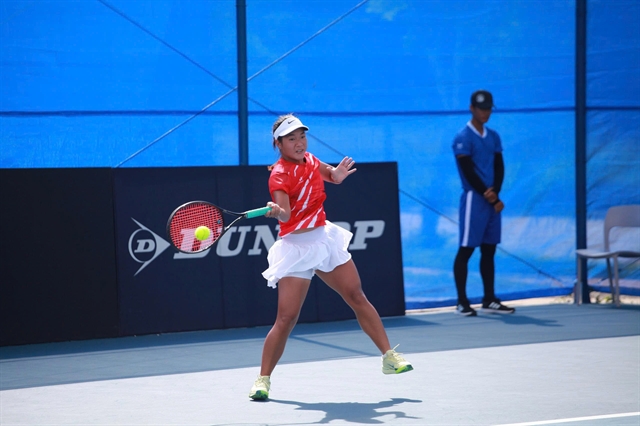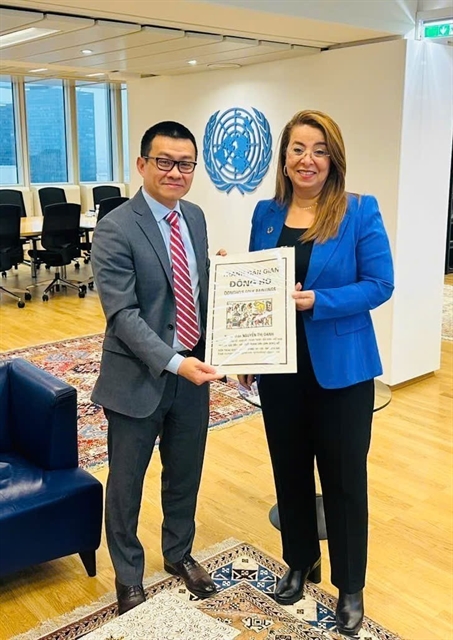 Society
Society

The southern province of Bà Rịa-Vũng Tàu is expanding cacao cultivation to meet a growing demand, especially in overseas markets.

|
| Trần Như Phong’s cacao farm in Bà Rịa – Vũng Tàu Province’s Châu Đức District, which offers his family a reliable income. – VNA/VNS Photo Hoàng Nhị |
BÀ RỊA-VŨNG TÀU — The southern province of Bà Rịa-Vũng Tàu is expanding cacao cultivation to meet a growing demand, especially in overseas markets.
Cacao has been grown in the province for 20 years and is of such high quality that it is ranked among the world’s 100 best.
Trần Như Phong in Châu Đức District’s Quảng Thành Commune has been growing the bean for 18 years and intercrops it with cashew and pepper in his two-hectare field.
Around 1.2ha of cacao produce steady yields of 15 tonnes of fresh beans a year.
After deducting all costs, he is left with more than VNĐ100 million (US$4,300) a year, he said.
He used to think about cutting down the cacao trees to grow other crops because once upon a time demand and prices were not consistent and the trees were affected by diseases.
One time he participated in a training course on cacao farming techniques, and then, with the assistance of the Thành Đạt T-S-M Chocolate Co., Ltd. in Châu Đức in terms of seeds and purchases, he switched to growing the bean to organic standards.
His produce is bought by the company at a VNĐ8,000 a kilogramme up from VNĐ6,000 in the past, he said.
Châu Đức District, the province’s largest cacao growing area, has 360ha under the bean.
Its soil and climate are suitable for growing the crop, and it harvests 2.4-3 tonnes per hectare per year.
But the output only meets a third of the demand from processing establishments in the district.
With the district’s potential for developing cacao, its People’s Committee has encouraged farmers to grow more of the crop.
It has spent VNĐ2.7 billion ($116,000) to assist 80 households with 50ha grow the bean to Vietnamese good agricultural practices (VietGAP) standards and develop value chains.
It has also called on companies to link up with farmers to secure cacao.
The companies produce cocoa, chocolate, wine, tea, and juice, and have exported them to Japan, South Korea, Malaysia, and the EU.
Some also let tourists try their hand at tending cacao trees and making products from the bean.
The Binon Cacao Joint-Stock Company in Châu Đức’s Xà Bang Commune established a 46ha cacao park in 2019 that offers such tourism services.
Visitors can also taste fresh cacao beans and are shown the processes of producing cocoa and chocolate before they try their hand at making them.
Nguyễn Chí Đức, head of the province Plant Cultivation and Protection Sub-department, said cacao is exported to demanding markets because farmers have established clean growing areas.
“The sub-department will promote safe agricultural products, including cacao, in domestic and export markets.” — VNS




